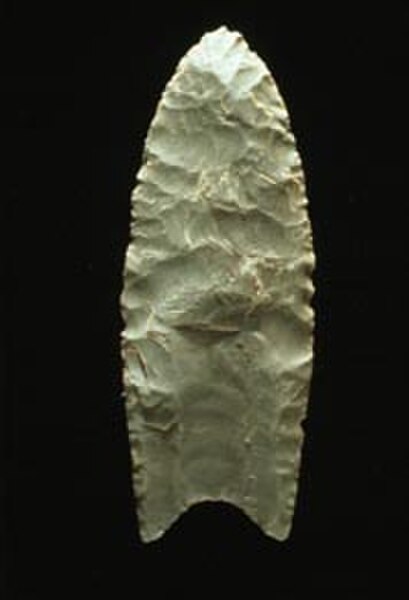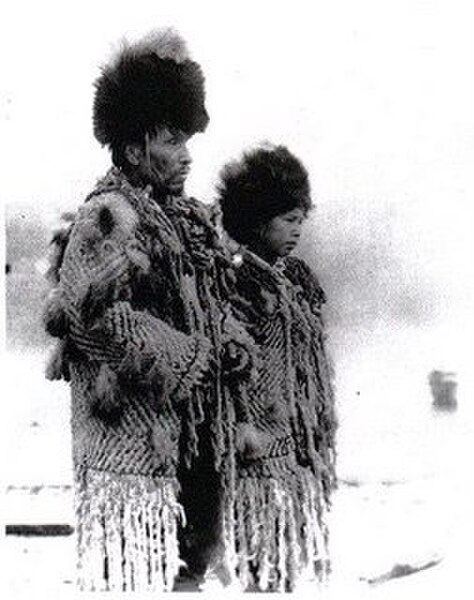First Nations is a term used to identify Indigenous peoples in Canada who are neither Inuit nor Métis. Traditionally, First Nations in Canada were peoples who lived south of the tree line, and mainly south of the Arctic Circle. There are 634 recognized First Nations governments or bands across Canada. Roughly half are located in the provinces of Ontario and British Columbia.
Squamish woman
Details of Ojibwe Wigwam at Grand Portage by Eastman Johnson
Chief Anotklosh of the Taku Tribe.
Conference between the French and First Nations leaders by Émile Louis Vernier.
Indigenous peoples in Canada
Indigenous peoples in Canada are the indigenous peoples within the boundaries of Canada. They comprise the First Nations, Inuit and Métis. Although "Indian" is a term still commonly used in legal documents, the descriptors "Indian" and "Eskimo" have fallen into disuse in Canada, and most consider them to be pejorative. "Aboriginal" as a collective noun is a specific term of art used in some legal documents, including the Constitution Act, 1982, though in some circles that word is also falling into disfavour.
An Aboriginal community in Northern Ontario
A Clovis point created using bi-facial percussion flaking (that is, each face is flaked on both edges alternatively with a percussor)
Thule site (Copper Inuit) near the waters of Cambridge Bay (Victoria Island)
Chief George from the village of Senakw with his daughter in traditional regalia, c. 1906








